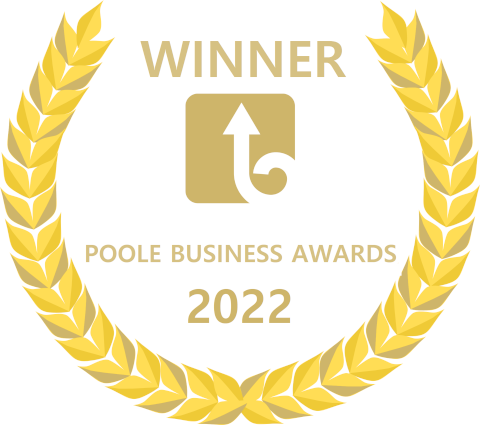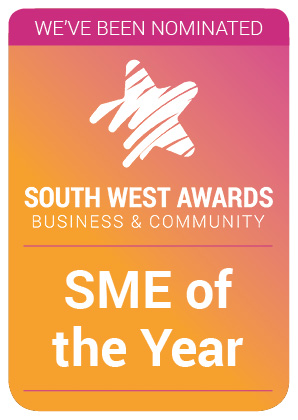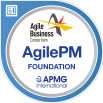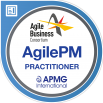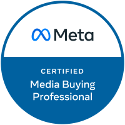SEO Fundamentals
What Is SEO and How It Works
Search engine optimisation means improving your site so search engines rank it higher. It’s about matching your pages to what people search for.
- Google ranks pages based on how well they match a searcher’s intent.
- SEO = improving visibility + usability + authority.
- Good SEO brings sustainable, compounding traffic.
Understanding E-E-A-T in SEO
Trust matters. Expertise, Experience, Authoritativeness, and Trustworthiness (E-E-A-T) influence how well your site ranks. Read our guide on Understanding E-E-A-T
- Showcase credentials, case studies, and testimonials.
- Build backlinks from trusted industry sites.
Writing SEO-Friendly Content
Write for people first, then tweak for search. Use clear headings, include the keyword “how to do SEO” naturally, and add helpful examples.
- Use clear headers (H1, H2, H3), bullet points, and short paragraphs.
- Include long-tail keywords naturally throughout.
- Always write for users first, then optimise for search.
How to Optimise for Search Intent
Search intent drives clicks. Align content with what someone is trying to find or achieve. Understanding search intent is critical to ensure your content aligns with buyer journey stages. Read our guide on Understanding search intent and the buying journey.
- Match blog posts to informational intent, product pages to transactional.
- Use modifiers like “how,” “best,” “near me” to align with user goals.
- Structure content to answer the main question quickly, then go deeper.

Bounce Rate & SEO
A high bounce rate may mean irrelevant content or poor usability. If users leave immediately, search engines take notice.
- Optimise page speed, layout, and clarity.
- Use internal links to keep users exploring.
- Ensure your CTA (call to action) is aligned with the user’s journey stage.
Strategy & Decision Making
SEO vs PPC
Both have value. PPC delivers quick traffic but costs per click. SEO builds organic visibility over time. For sustainable growth, SEO often delivers better ROI. Read our guide on the benefits of combining organic and paid search.
- PPC is short-term traffic with ongoing cost; SEO is compounding value.
- SEO improves trust, click-through rates, and organic share of voice.
- Use PPC to test keywords before committing to organic campaigns.

How to Measure SEO ROI
Track organic traffic, lead volumes, and conversions over time. Use tools like Google Analytics, Search Console, and attribution models to connect SEO efforts to revenue.
- Use Google Analytics and Search Console to track organic traffic.
- Monitor keyword positions, click-through rates, and conversions.
- Build attribution models that connect SEO to revenue.
SEO Mistakes to Avoid
- Overloading keywords (keyword stuffing)
- Ignoring page speed or mobile usability
- Skipping meta tags or internal linking
- Poor content structure or no clear call-to-action
Long Tail Keywords
Target longer, specific phrases like “how to do SEO for startups”. They have lower competition and higher conversion intent. Read our guide on the benefits of long-tail keywords.
- Target phrases like “eco-friendly dog groomer in Manchester.”
- Use them in blogs, FAQs, and landing pages.
- Convert better than generic, short-tail keywords.
What Is Topical Authority in SEO?
Rather than isolated posts, create interconnected content around a theme. Search engines see you as a resource when your content covers every angle. Read our guide on how to build topical authority.
- Create a cluster of content around a core topic.
- Link internally between related articles.
- Build a reputation as a go-to resource in your field.
Technical & On Site SEO
Core Web Vitals
These metrics (loading speed, interactivity, visual stability) are key ranking factors. They impact user experience and performance. Read our guide on how web site page speed impacts SEO.
- LCP (load speed), FID (interactivity), CLS (visual stability) all matter.
- Use tools like PageSpeed Insights and Lighthouse.
- Fix slow servers, large images, and layout shifts.
The Role of Schema
Add schema markup to help search engines understand your content (e.g. local business info, FAQs, product details). This can earn rich results and improve visibility. Read our guide on how schema can add depth to your search results.
- Use it for FAQs, product pages, articles, reviews.
- Helps win rich snippets (and potentially AI Overviews).
- Improves click-through rates.
How to Do a Technical SEO Audit
Check site architecture, crawlability, redirects, broken links, duplicate content, and metadata. Use tools like Screaming Frog, Ahrefs, or SEMrush.
- Crawl the site for broken links, duplicate content, or redirect loops.
- Check XML sitemaps, robots.txt, canonical tags.
- Prioritise fixes that affect crawlability and indexing first.

Emerging Trends & Future Proofing
SEO Trends in 2025
Voice search, visual search, and generative AI are shaping user behaviour. Semantic search now focuses on concepts, not just keywords.
- Optimise for zero-click results (featured snippets).
- Target “natural language” phrases used in voice search.
- Focus on user intent, not just keywords.
How AI Is Changing SEO
AI tools help generate content ideas, summarise information, and create meta descriptions—but quality control remains essential. Read our guide on ChatGPT & AI Search Trends
- Use AI tools to draft content and meta descriptions.
- Don’t rely solely on AI - human editing is essential.
- Monitor how AI search (like Google SGE) changes the SERP layout.
Local & Mobile Optimisation
Mobile SEO Best Practices
Ensure responsive design, fast load times, and easy navigation. Mobile-first indexing means Google prioritises the mobile version of your site. Read our 5 keys to nailing mobile first web site design.
- Use responsive design and avoid pop-ups.
- Prioritise fast load times and readable fonts.
- Test your site on real mobile devices.
Google Business Profile SEO Tips
Keep your local Google Business Profile current. Include accurate contact info, categories, and regularly post updates.
- Keep hours, categories, and services updated.
- Use relevant keywords in your business description.
- Ask for and respond to reviews regularly.
Local SEO Strategies
Create local content, build citations, and get backlinks from local publications or community organisations.
- Create location-specific landing pages.
- Get listed in local directories (Yell, Hotfrog, local Chamber of Commerce).
- Build backlinks from UK-based websites.
Supporting Channels
How Social Media Impacts SEO
Social Media signals don’t directly affect rankings - but sharing blog posts on LinkedIn, X, and Facebook drives awareness, traffic, and backlinks.
- Share blog content across platforms to increase reach.
- Encourage sharing to build referral traffic.
- Use social media to build authority and community trust.
SEO Tools Every Business Should Know
Tools like Google Analytics, Search Console, Ahrefs, SEMrush, Screaming Frog, and Moz help with tracking, keyword research, and technical analysis.
- Google Analytics & Search Console (free + essential).
- Ahrefs, SEMrush, or Moz for keyword tracking and audits.
- Screaming Frog for crawling and technical fixes.
Conclusion
SEO isn’t magic - it’s a methodical process. Understanding and applying the right steps helps you build long-term growth, clear ROI, and more sustainable marketing than ads alone.
Key takeaways:
- Start with fundamentals - intent, E-E-A-T, quality content.
- Make informed decisions - use ROI metrics and avoid common mistakes.
- Nail technical SEO - core web vitals, schema, and performance audits.
- Future-proof with AI trends and voice search readiness.
- Focus on local and mobile optimisation.
Want help building the strategy, performing an audit, or planning your content? Book your SEO strategy session by contacting our team today.






